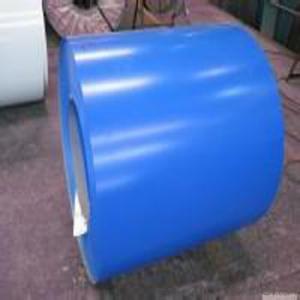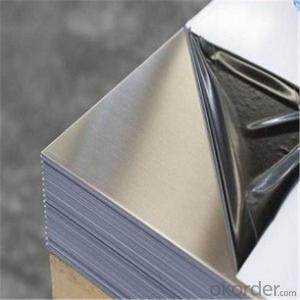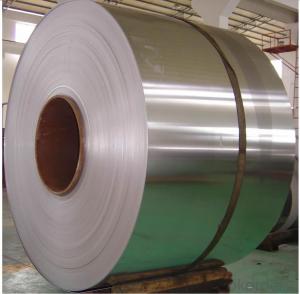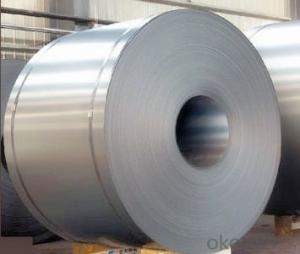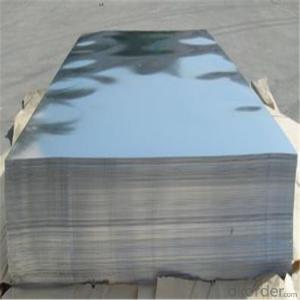Stainless Steel Sheets 4x8
Stainless Steel Sheets 4x8 Related Searches
Best Paint For Stainless Steel Blanket Insulation For Steel Buildings Primer For Galvanized Steel Foam Filter For Stainless Steel H S Code For Stainless Steel Surface Grinding Wheels For Stainless Steel Surface Grinding Wheels For Hardened Steel Hole Saw For Stainless Steel Paint For Stainless Steel Stainless Steel For BbqHot Searches
Steel Mesh Panels For Sale Price For Stainless Steel Scrap Scrap Price For Stainless Steel Price For Stainless Steel Stainless Steel Tank For Sale Stainless Steel Sheets For Sale Cheap High Tea Sets For Sale Stainless Steel Tanks For Sale Stainless Steel For Sale High Density Fiberboard For Sale Solar Hot Water Collectors For Sale Scaffolding For Sale In Uae Scaffolding For Sale In Ireland Scaffolding For Sale In Houston Type Of Inverter For Solar Price Of Shipping Containers For Sale Types Of Inverter For Solar Stock Price For Aluminum Used Solar Inverter For Sale Steel Mesh Panels For SaleStainless Steel Sheets 4x8 Supplier & Manufacturer from China
Okorder.com is a professional Stainless Steel Sheets 4x8 supplier & manufacturer, offers integrated one-stop services including real-time quoting and online cargo tracking. We are funded by CNBM Group, a Fortune 500 enterprise and the largest Stainless Steel Sheets 4x8 firm in China.Hot Products
FAQ
- Indeed, heat exchangers find stainless steel sheets to be a suitable material. This is due to the fact that stainless steel exhibits exceptional thermal conductivity, allowing for efficient heat transfer between fluids. Moreover, stainless steel boasts high resistance against corrosion and oxidation, rendering it an ideal choice for instances where contact with diverse fluids or gases at varying temperatures is anticipated. Furthermore, the durability and capacity to endure elevated temperatures enhance stainless steel's dependability as a preferred option for heat exchangers. In conclusion, stainless steel sheets are widely favored and trusted in the realm of heat exchangers owing to their thermal conductivity, corrosion resistance, and durability.
- Yes, stainless steel sheets are resistant to chemicals and acids. Stainless steel contains a high percentage of chromium, which forms a protective layer on the surface of the metal, making it highly resistant to corrosion and damage from chemicals and acids. This corrosion-resistant property is further enhanced by the addition of other elements such as nickel and molybdenum. Stainless steel sheets are widely used in various industries, including chemical processing, pharmaceuticals, food and beverage, and automotive, where they are exposed to aggressive chemicals and acids. The resistance of stainless steel to chemicals and acids makes it a reliable and durable material for applications that require resistance to corrosion and chemical attack.
- Yes, stainless steel sheets can be used for exterior cladding. Stainless steel is a highly durable and corrosion-resistant material, making it suitable for various applications, including cladding. Stainless steel sheets offer excellent resistance to weathering, UV rays, and extreme temperatures, making them ideal for exterior use. They can withstand harsh environmental conditions, such as heavy rain, snow, and high winds, without deteriorating or losing their aesthetic appeal. Additionally, stainless steel sheets are available in a wide range of finishes, allowing for customization and design flexibility. Whether for residential, commercial, or industrial buildings, stainless steel cladding provides a long-lasting and visually appealing solution.
- Different options are available for stainless steel sheet edges, each with its own unique advantages and characteristics. 1. The mill edge is the standard finish produced during manufacturing. It features a straight, sharp edge without any additional treatment. Mill edge stainless steel sheets are commonly used in industrial applications where aesthetics are not a priority. 2. Slit edge sheets are created by cutting the sheet along its length, resulting in a slightly rounded edge. This type of edge is often used in applications where safety is a concern, as it reduces the risk of sharp edges causing injury. 3. Sheared edge sheets are created by cutting the sheet along its width using shearing blades. This process produces a clean, straight edge without any additional finishing. Sheared edge sheets are often used in applications that require precise dimensions. 4. Deburred edge sheets have undergone a process to remove any sharp or rough edges, resulting in a smooth and safe edge finish. Deburring is typically done using abrasive materials or specialized machinery. These sheets are commonly used in applications that prioritize safety and aesthetic appearance. 5. Rolled edge sheets have a curved or rounded edge, created by rolling the sheet during manufacturing. This edge type is commonly used in applications where a smoother and more finished appearance is desired. Rolled edge sheets are also easier to handle and less likely to cause injury during installation. Ultimately, the choice of stainless steel sheet edge depends on the specific requirements of the application, considering factors such as safety concerns, aesthetic preferences, and dimensional accuracy.
- To polish stainless steel sheets, you can start by cleaning the surface thoroughly to remove any dirt or grime. Then, use a stainless steel cleaner or a mixture of mild detergent and warm water to wipe the sheets in the direction of the grain. Next, rinse the sheets with clean water and dry them with a soft cloth. Finally, apply a stainless steel polish or a mixture of vinegar and olive oil to a clean cloth, and gently buff the sheets in circular motions to restore their shine and remove any remaining stains or smudges.
- Stainless steel plate surface treatment: ink, wire drawing, polishing what role?
- Polishing, also known as mirror treatment, no Silk Road, brightness ranging from 4K-12K. By acid water surface grinding, processing costs slightly higher than oil mill and wire drawingI hope I can help you!
- Yes, stainless steel sheets are suitable for high-temperature applications. They have excellent heat resistance properties and can withstand elevated temperatures without losing their strength or structural integrity.
- Stainless steel sheets are indeed suitable for food packaging purposes. Their utilization in the food industry is widespread owing to the multitude of benefits they offer. This material is incredibly robust and enduring, providing exceptional safeguarding for food items. Moreover, stainless steel exhibits resistance against corrosion, guaranteeing its safety for direct contact with edibles. Not only that, but stainless steel is also effortless to cleanse and maintain, ensuring that proper hygiene standards are upheld. Additionally, stainless steel sheets can be easily molded and shaped into various packaging designs, allowing for a wide range of versatile packaging solutions. Overall, when it comes to food packaging, stainless steel sheets emerge as a dependable and secure choice.
















